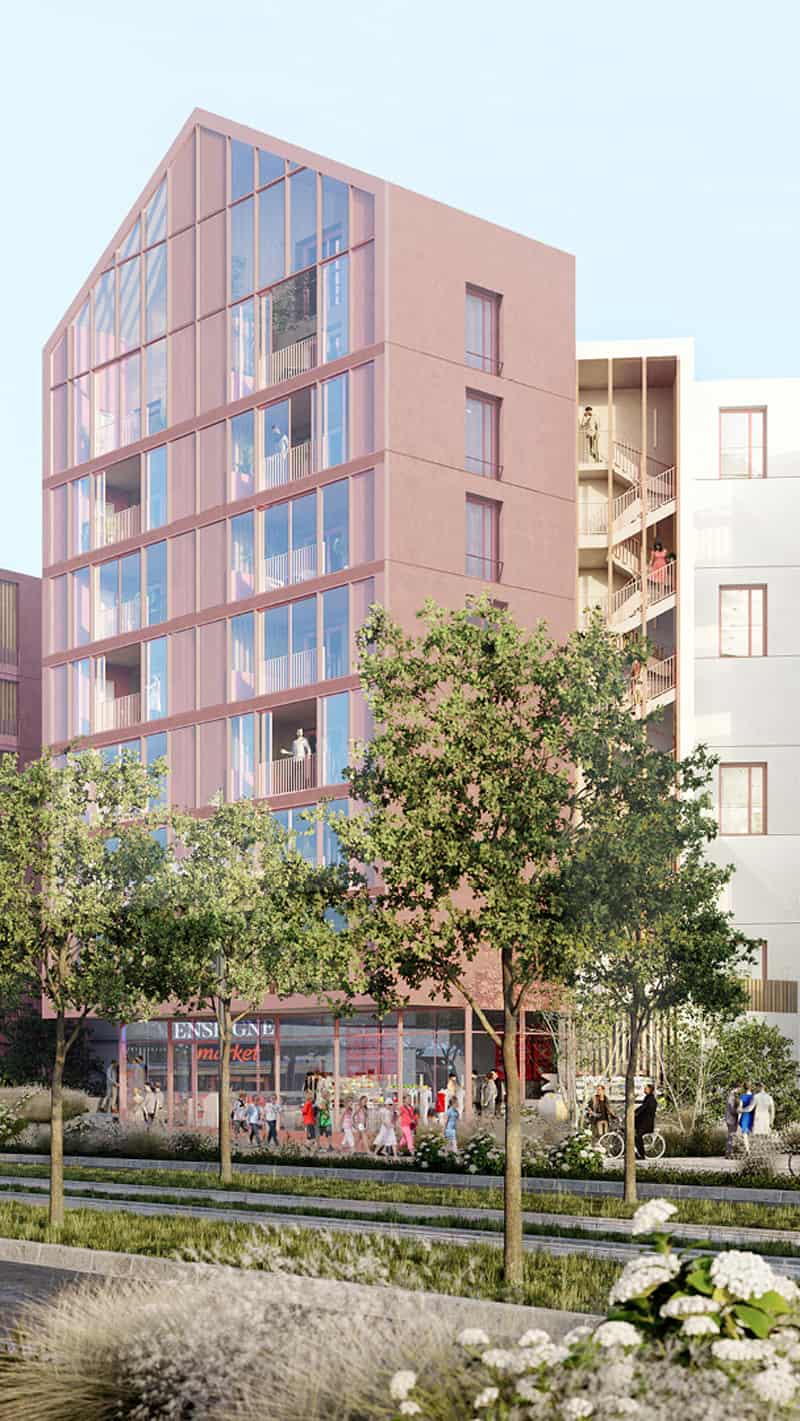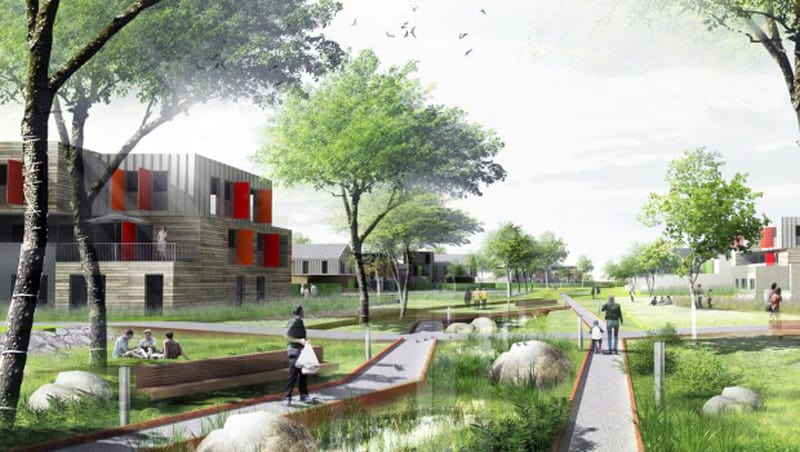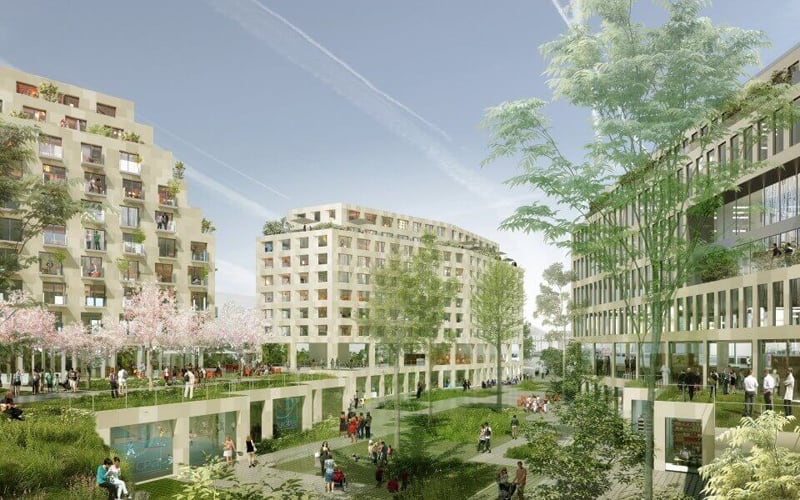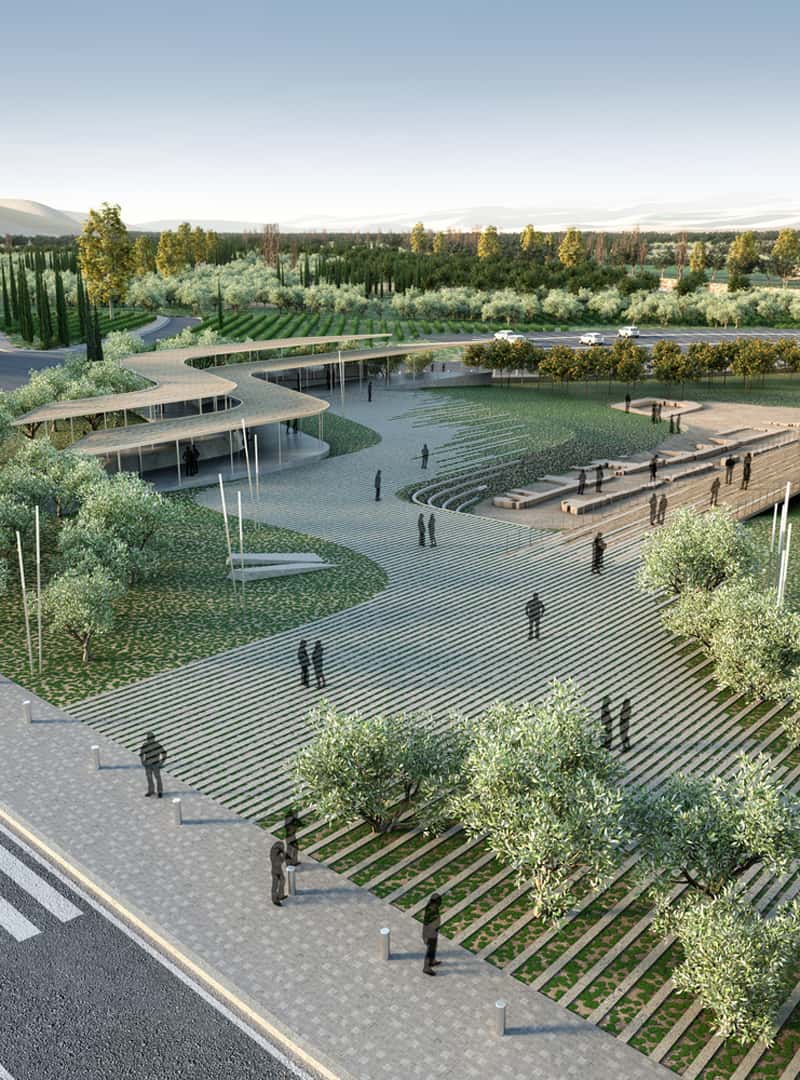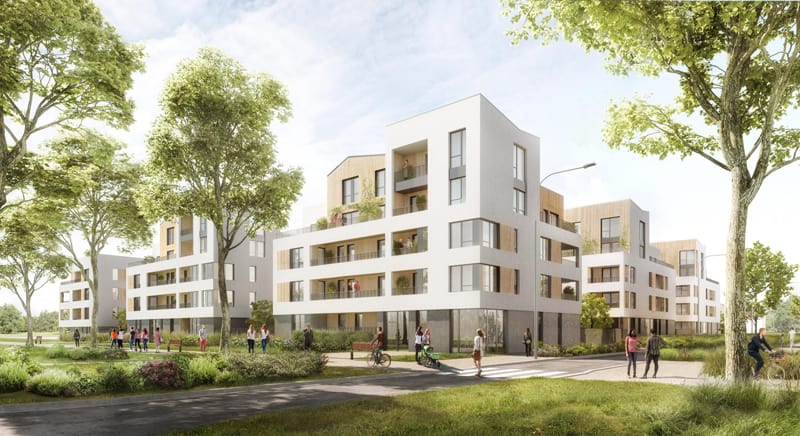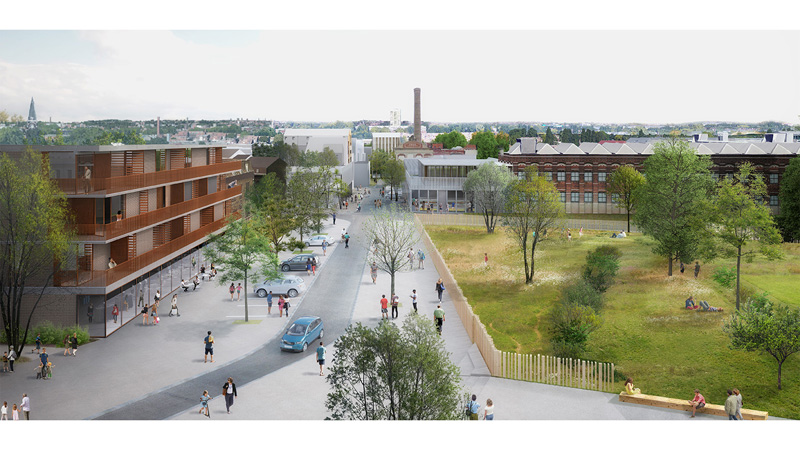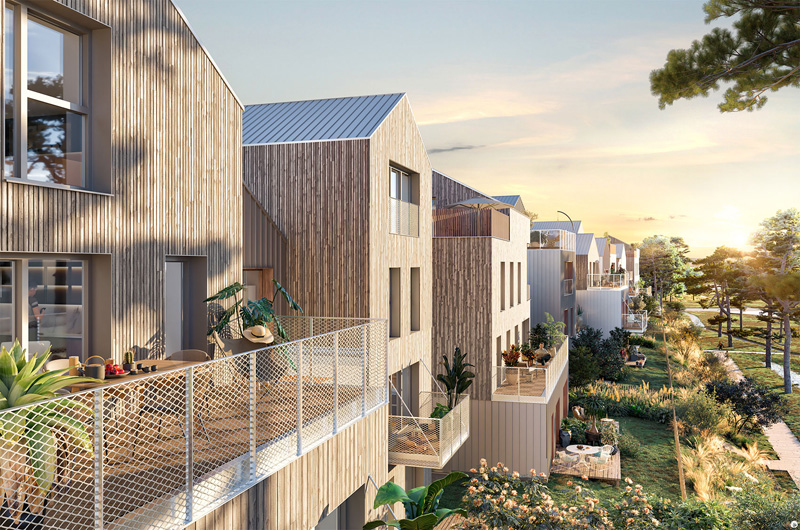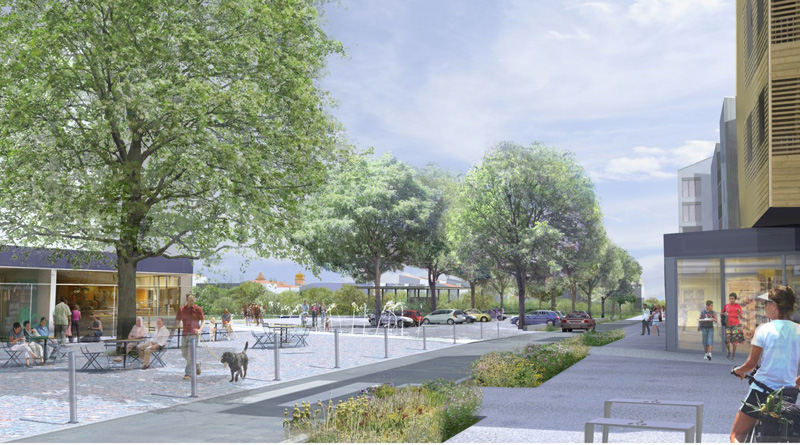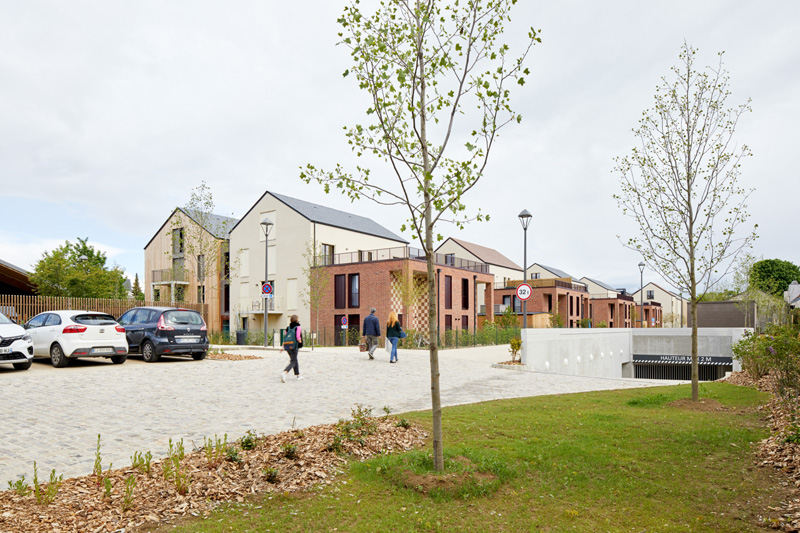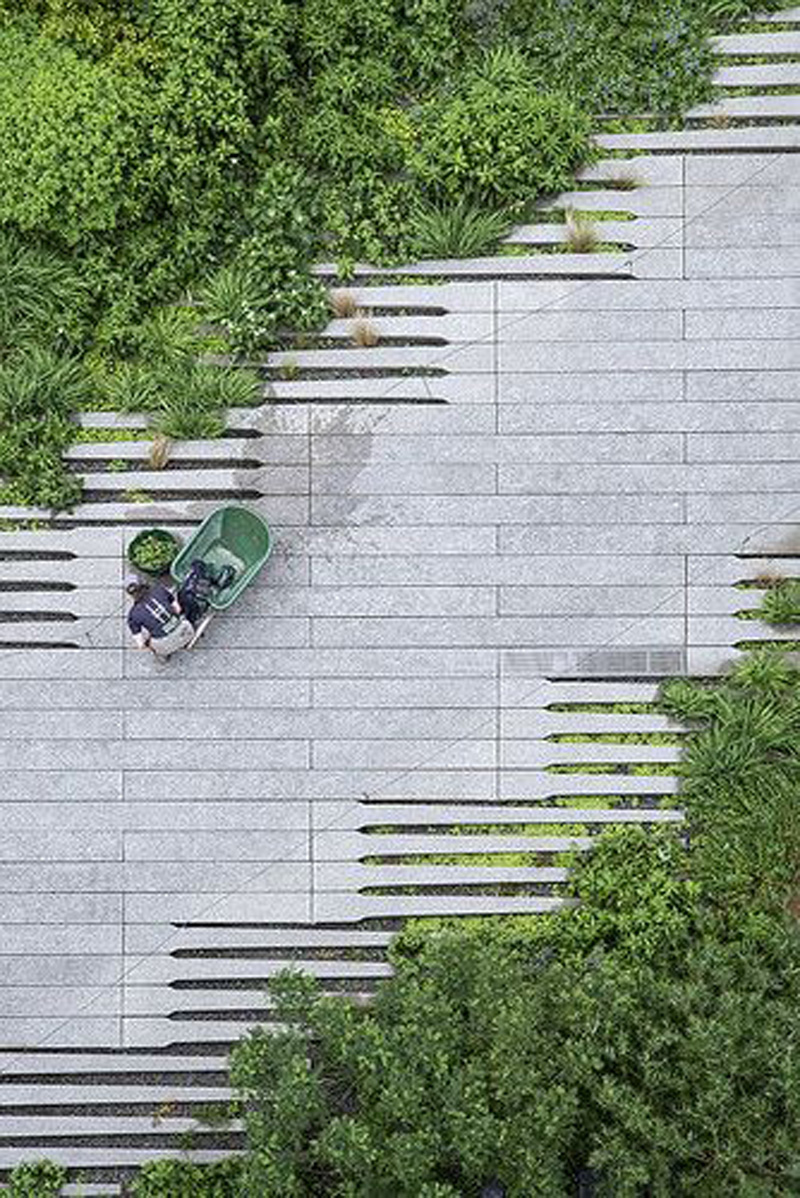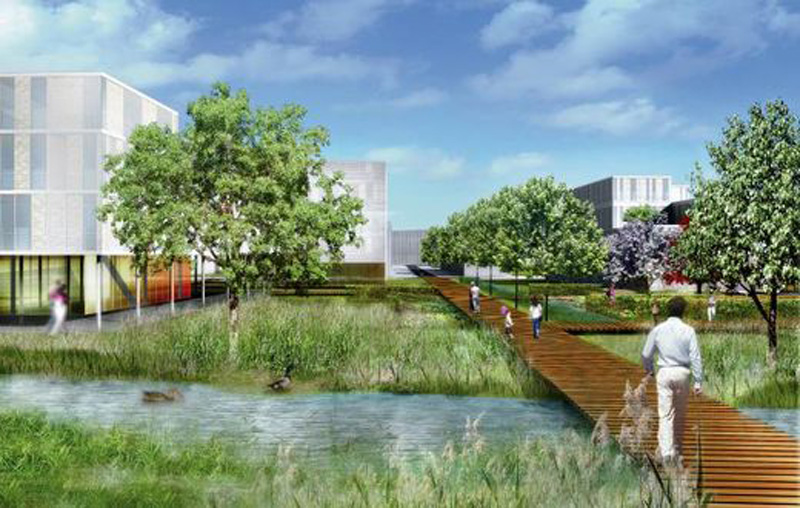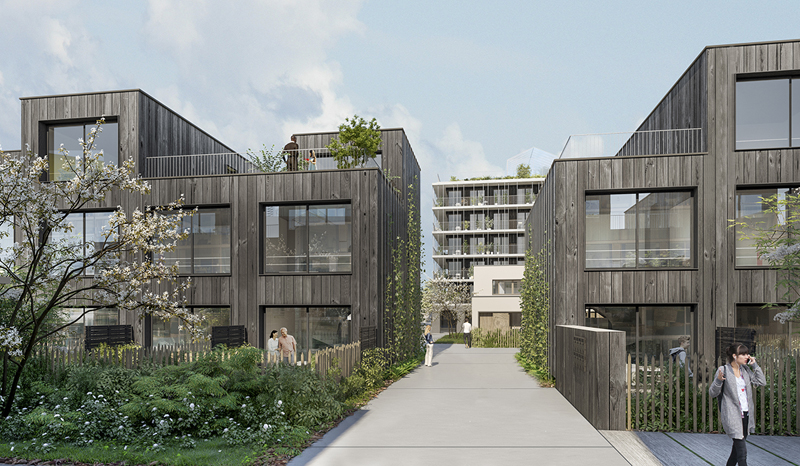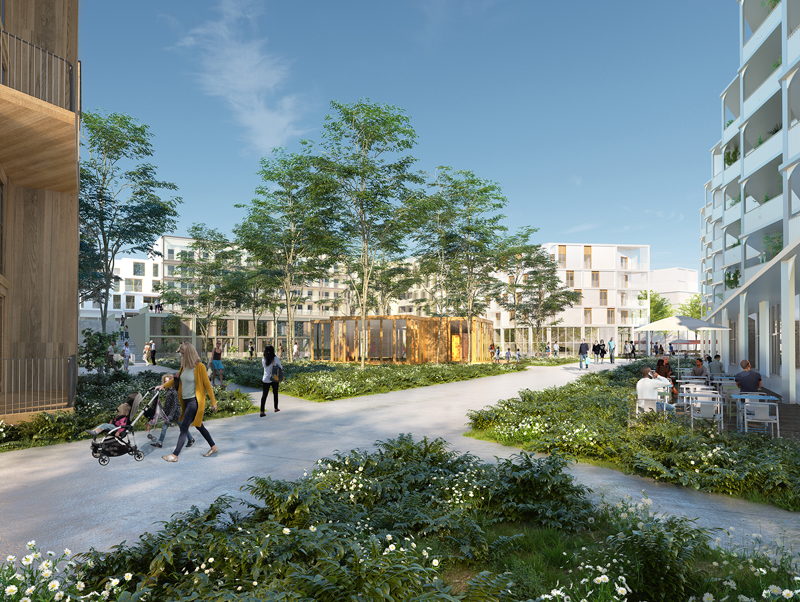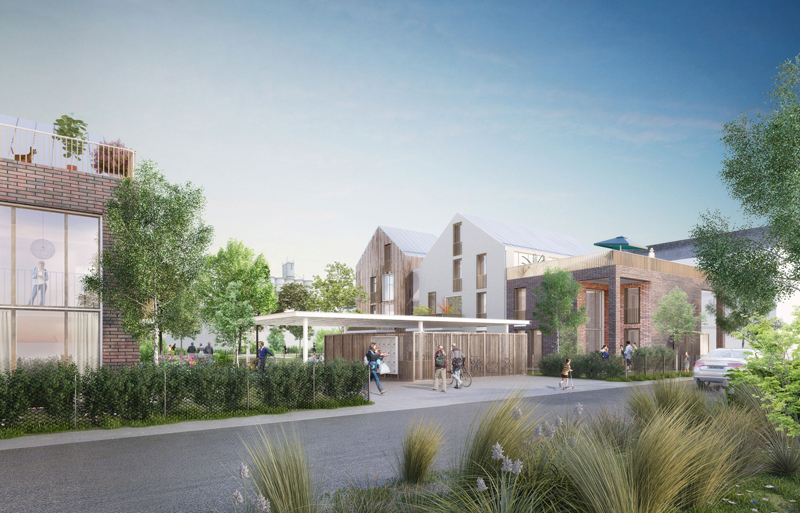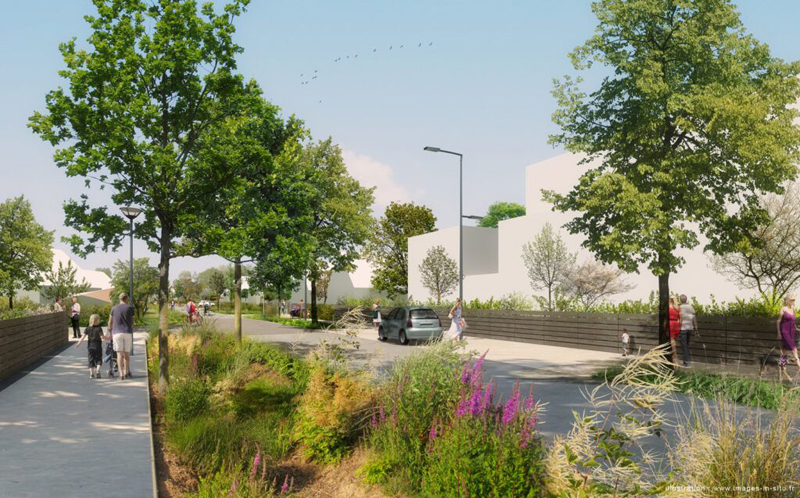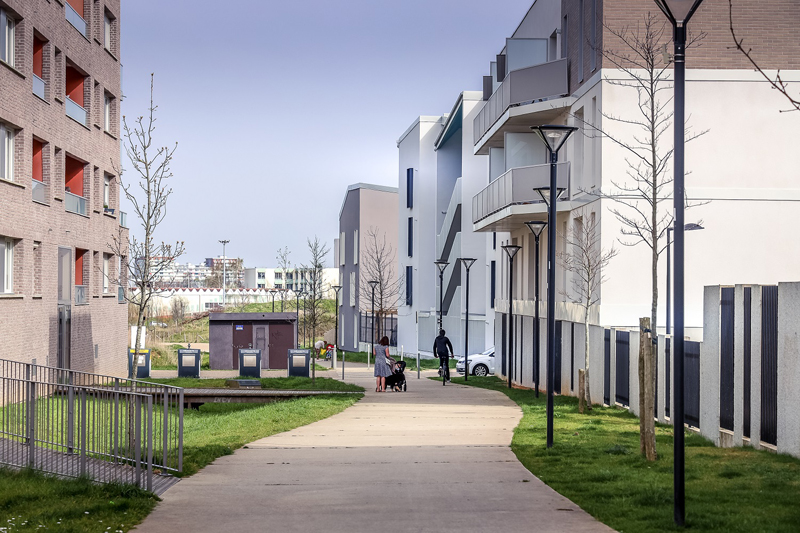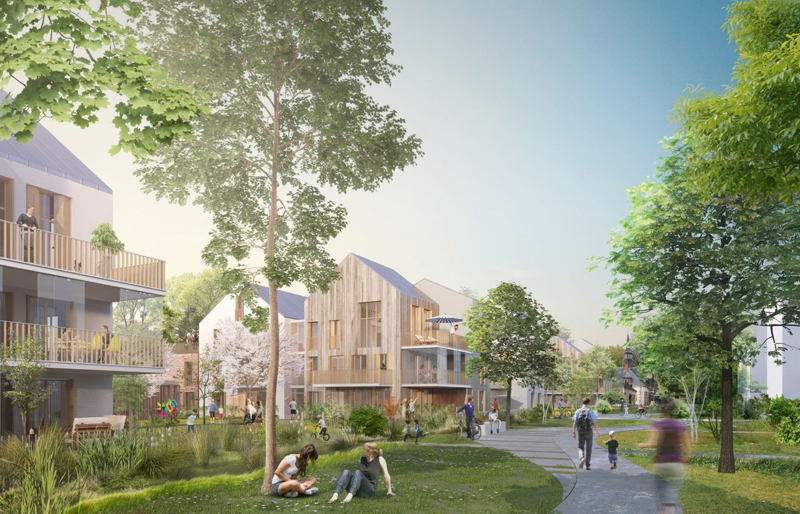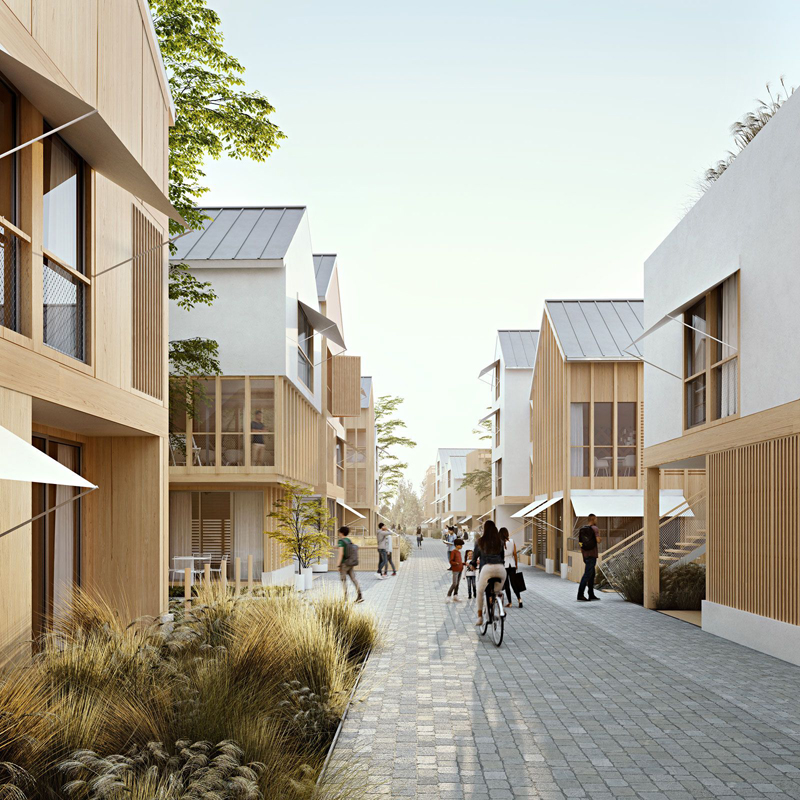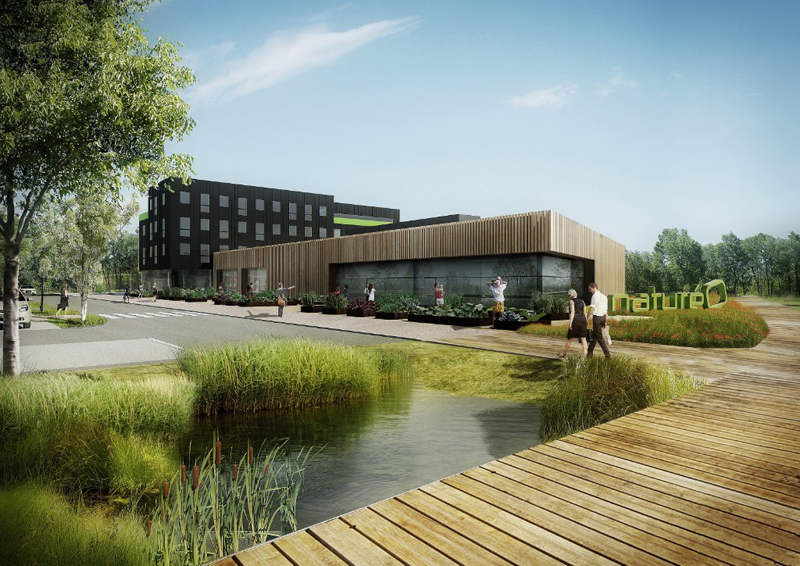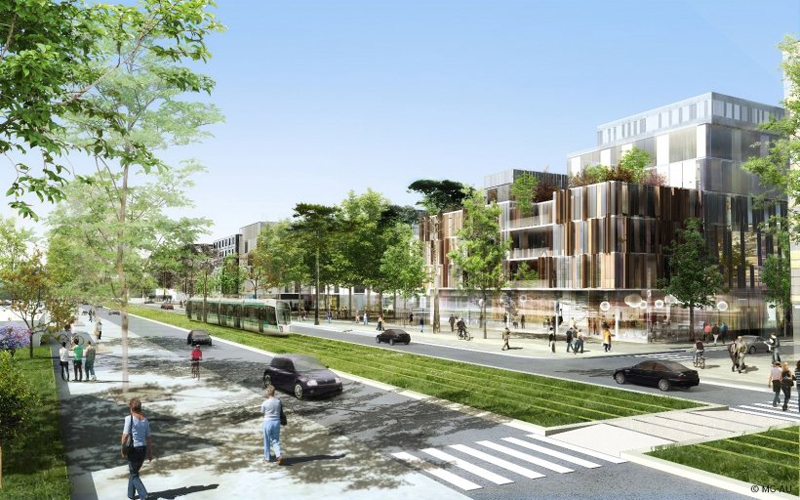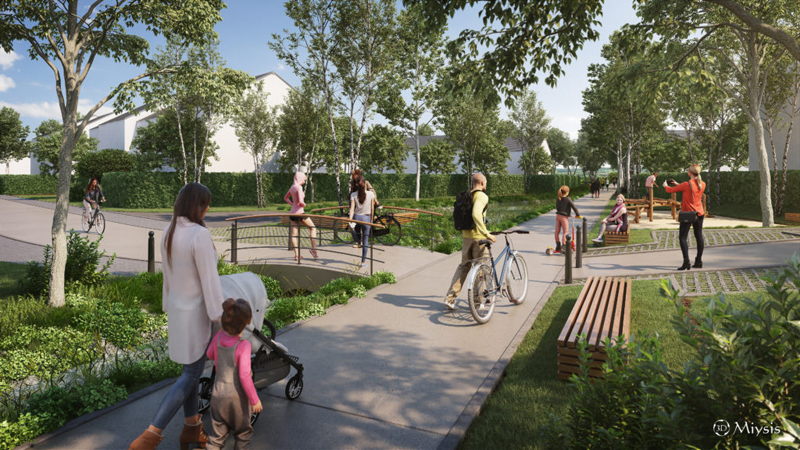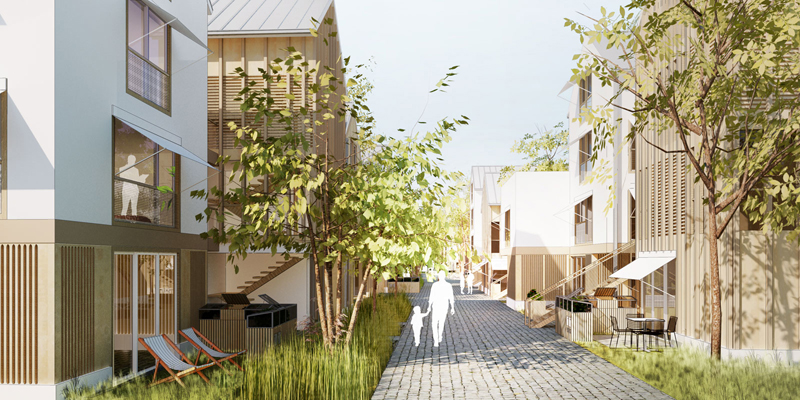The global climate crisis has prompted many people to rethink their way of living and embrace sustainable practices that reduce their carbon footprint. Eco quartier buildings have emerged as a popular solution that provides sustainable living spaces for communities. These buildings are designed to integrate green spaces, reduce energy consumption, and create a healthy environment for residents.
What is an Eco Quartier Building?
Eco quartier building is a concept of sustainable urban development that aims to create self-sufficient communities with a low environmental impact. These buildings incorporate a range of sustainable features that promote sustainable living, such as green roofs, renewable energy sources, rainwater harvesting systems, and permeable pavements. The design of these buildings also prioritizes pedestrian and cycling access, encourages the use of public transport, and reduces the need for cars.
Eco quartier buildings are designed to provide a high quality of life for residents, with features such as community gardens, playgrounds, and green spaces that promote health and well-being. The buildings are also designed to foster a sense of community and social interaction among residents, with shared spaces for activities and events.
Benefits of Eco Quartier Buildings
Eco quartier buildings offer several benefits to both the environment and residents, including:
Reduced Environmental Impact: Eco quartier buildings are designed to reduce energy consumption and greenhouse gas emissions, thereby minimizing their environmental impact. These buildings use renewable energy sources such as solar power, wind power, and geothermal energy to generate electricity and heat.
Improved Air Quality: The green spaces and plants in and around eco quartier buildings help to absorb air pollutants and improve air quality. This helps to create a healthy living environment for residents, reducing the risk of respiratory problems and other health issues.
Cost Savings: The sustainable features of eco quartier buildings help to reduce energy and water consumption, which translates into cost savings for residents. This can be a significant benefit for low-income families who struggle to pay their utility bills.
Community Building: Eco quartier buildings foster a sense of community among residents, with shared spaces for activities and events. This helps to promote social interaction and reduce social isolation, which can have a positive impact on mental health and well-being.
Examples of Eco Quartier Buildings
There are many examples of eco quartier buildings around the world that showcase sustainable living. Here are a few examples:
BedZED, UK: BedZED (Beddington Zero Energy Development) is a sustainable housing development in South London that uses a range of sustainable features such as solar panels, wind turbines, and rainwater harvesting systems to reduce its environmental impact.
Vauban, Germany: Vauban is a car-free eco quarter in Freiburg, Germany, that prioritizes cycling and public transport. The buildings are designed to be energy-efficient, and the district has a range of green spaces and shared gardens for residents.
Bo01, Sweden: Bo01 is a sustainable housing development in Malmö, Sweden, that uses renewable energy sources and a district heating system to reduce energy consumption. The buildings are designed to promote social interaction, with shared spaces for activities and events.
Eco Quartier Building best for living
Eco Quartier Buildings are considered one of the best options for sustainable living. These buildings provide a wide range of benefits that make them an attractive choice for those seeking a more eco-friendly and sustainable way of life. Here are some reasons why Eco Quartier Buildings are the best option for living:
Sustainable Living: Eco Quartier Buildings are designed to provide a sustainable way of living that reduces our carbon footprint. These buildings incorporate a range of eco-friendly features that promote sustainable living, such as green roofs, renewable energy sources, rainwater harvesting systems, and permeable pavements.
Health and Well-being: Eco Quartier Buildings promote health and well-being by providing a healthy living environment for residents. These buildings incorporate green spaces and plants that help to improve air quality, reduce noise pollution, and promote a sense of calm and relaxation.
Community Building: Eco Quartier Buildings foster a sense of community among residents, with shared spaces for activities and events. This helps to promote social interaction and reduce social isolation, which can have a positive impact on mental health and well-being.
Cost Savings: Eco Quartier Buildings can help residents save money by reducing energy and water consumption. These buildings use renewable energy sources and sustainable features that help to minimize utility bills, making them an affordable and cost-effective option for living.
Environmental Conservation: Eco Quartier Buildings are designed to reduce their environmental impact by promoting sustainable practices such as reducing energy consumption, using renewable energy sources, and conserving water. By living in an eco quartier building, residents can contribute to the conservation of the environment.
Conclusion
Eco quartier buildings offer a sustainable solution for urban development that promotes healthy living, community building, and environmental conservation. These buildings are designed to reduce energy consumption, improve air quality, and foster a sense of community among residents. As the world continues to grapple with the effects of climate change, eco quartier buildings offer a glimpse into a greener, more sustainable future.
In conclusion, Eco Quartier Buildings offer a sustainable, healthy, and affordable option for living. These buildings are designed to promote a more eco-friendly way of life while providing a comfortable and enjoyable living environment for residents. As we continue to face the challenges of climate change, Eco Quartier Buildings offer a practical solution for reducing our carbon footprint and preserving the environment for future generations.

